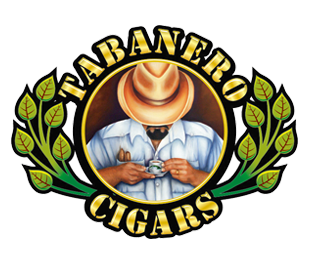Why Is Long Filler Tobacco The Best?
Insider language abounds in the cigar market, as it does in any subculture. If you research that much about cigars, you'll notice that the language is filled with Spanish, colloquialisms, and made-up phrases that only Latin Americans over the age of 50 are allowed to use.
The seasoned connoisseurs know the difference between cigars manufactured with long-filler tobacco and those made with short-filler tobacco, and they are much more selective in their cigar selections as a result of this knowledge.
This is for the not-so-seasoned connoisseurs or cigar newbies - depending on your preference - since you'll need to know the difference as you polish your palates, become more selective in your smoking selections, and engage yourself more into the cigar lifestyle.

What Is Long-Filler Tobacco?
After the filler leaves have been prepared, the filler is the section of the cigar that is bound by the binder leaf. The quantity of filler leaves varies depending on the cigar's size, but three is a good starting point. If the filler leaves are rolled or pressed too firmly, air cannot easily move through the tube.
There are three main types of tobacco fillers - long filler tobacco, short filler tobacco, and mixed filler tobacco.
The topic of today's discussion centers mainly around long-filler tobacco.
The distinction between long-filler tobacco and short-filler tobacco may be remembered by using two words - whole and chopped. Long-filler, or tripa in Spanish, is made up of whole tobacco leaves that encompass the entire length of the cigar.
Long-filler is used exclusively in the majority of premium, handcrafted cigars. Short-filler tobacco, often known as picadura or chop, is the most commonly used tobacco type in machine-made cigars.
Short-filler is made, consisting of cut-up fragments of tobacco leaf that burn faster and hotter than long-filler. Mixed-fill cigars, often called Cuban sandwiches, use a tobacco blend of short and long-fillers.
Long filler tobaccos are surrounded by a binder used to control the rate of burn and keep the cigar burning evenly - producing more smoke.
Short-filler is a little coarser, and you could get leaf fragments in your mouth while smoking it. Some cigar manufacturers use a double binder to counteract these issues.
Depending on the construction, a mixed filler can provide some of the benefits and downsides of each.
If you just remember one thing, it's that cigars with long-fillers are usually of greater quality.
Why Is Short Filler Tobacco Not Preferred?
Short-filler cigars are constructed with chopped tobacco - trimmings, choppings, and other tobacco plant and leaf bits - rather than full leaves, which are subsequently wrapped into cigars.
Short-filler tobacco is used largely in machine-made cigars, which burn faster and hotter than quality, long-filler tobacco. More air between the bits of tobacco results in a faster burn and hotter smoke, which may also provide a harsh, burnt tobacco flavor, as opposed to the complex flavours produced by long-filler cigars.
Evidently, machine-made, short-filler tobacco is less expensive to produce than long-filler tobacco, and this is where the quality difference resides.
Have you learned more about long-filler tobacco and why it is preferred over short-filled? We sure hope so. We also hope that you are shopping for the right cigars.
We would definitely recommend heading on over to Tabanero Cigars and checking out the Maceda Brand to shop for the right cigars and get the best flavor out of the best deal.







Yanko Maceda
Author